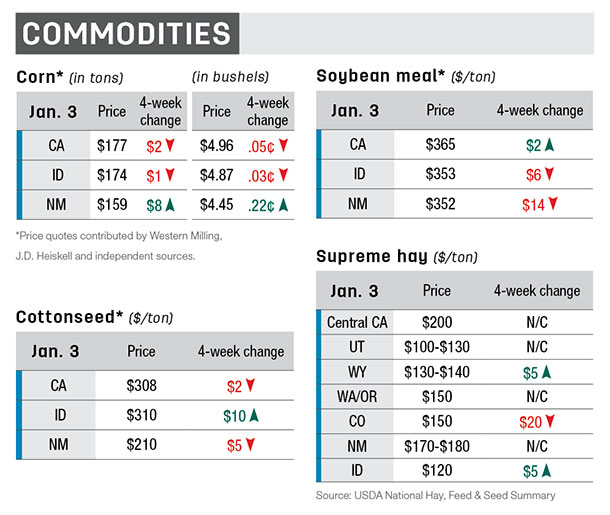Bull selection is right around the corner and often a tough decision for cattlemen. The herd bull choice made today can significantly impact genetic improvement of the herd and economic returns long term. It is important to select bulls with the desired performance traits allowing the operation to maximize profitability. Since bull selection is so critical to your bottom line, here are a couple of considerations to help set you up for success.
1) Consider ranch environment
Recognize the key production constraints that impact your operation. Production environments vary widely and your biggest stressors (i.e. precipitation, humidity, elevation, etc.) can help define selection criteria. Look for bulls that have been tested in a similar environment.
Clearly identify your production goals. Selection should be based on profit potential. Whether raising replacement heifers or retaining and marketing all calves through a feedlot, identify bulls with traits that fit your specific production goals.
2) Consider cow herd needs
Based on production goals, formulate a list of traits that will have the greatest impact on herd profitability and prioritize by developing parameters around those key traits. For example, if reducing labor is a goal, Calving Ease would be of economic value. Make sure you obtain and review records and data.
 Evaluate all selection tools available, i.e., expected progeny differences (EPDs), ranch performance and financial records, carcass data, etc. EPDs are available for most breeds and numerous traits. Understanding and utilizing EPDs can assist in making consistent selection decisions that match your environment and production goals.
Evaluate all selection tools available, i.e., expected progeny differences (EPDs), ranch performance and financial records, carcass data, etc. EPDs are available for most breeds and numerous traits. Understanding and utilizing EPDs can assist in making consistent selection decisions that match your environment and production goals.
Additionally, if current herd performance and ranch profitability is known, it is much easier to determine traits of economic importance.
3) Consider potential suppliers
Develop a solid relationship with a supplier you trust. Start early by visiting their operation, evaluating herd sire options on paper and developing a plan. Prior to sale day, be prepared with a budget, so you can use a disciplined approach. Visual appraisal is important but secondary. Bulls should only be considered if they meet your production and economic criteria.
As a risk management tool, make certain all bulls have had a breeding soundness exam prior to purchase. The need for data, information and accurate records is the common link among each consideration. Risk will always be involved. However, better bull selection is a direct result of a decision-making process based on data.












